Operators and engineers have mastered many techniques to improve the performance of twin-screw extruders. However, most of these methods are word of mouth and do not appear in any equipment manuals. They are also generally not mentioned in textbooks and technical papers.
But sometimes tweaking a few small details can have a big impact on extruder performance. These tips can be grouped into three broad categories: installation techniques, machine maintenance, and usage procedures. This article will introduce ten methods to improve the performance of twin-screw mixing.
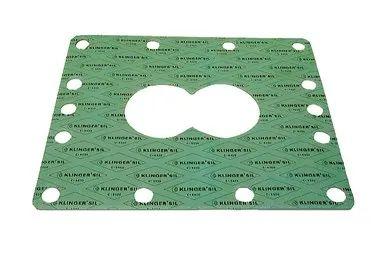
Most of the feed section uses water cooling. But because the barrel is bolted to the flange and then to the heated barrel section, there is a constant transfer of heat from the hotter barrel section to the cooler barrel section.
As a result, barrel #2 usually cannot maintain a high enough temperature. In a typical case, the operator sets the temperature of barrel 2 to 180°C, but due to heat loss from the feed barrel, the temperature never exceeds 135°C.
The simplest solution is to install an insulating gasket between the feed barrel and the flange of barrel 2. These washers are usually 1mm thick, and we recommend stacking two washers together for better insulation. There will still be some heat conduction through the threaded elements and screw shaft, but not as much as without the insulation.
Insulating gasket often come with new extruders, but many operators do not realize its importance and discard it when the barrel is disassembled. After a few years, the insulating gasket should be replaced as the material degrades and crumbles.
Side feeding is widely used to feed fillers into twin screw extruders. Many processors require very high loadings of fillers, which are typically low bulk density (lofty) materials. The achievable ultimate load is usually limited by two parameters:
- Volume capacity of side feeder and main extruder screw.
The volume capacity is based on the free volume of the twin screws of the side feeder and the main extruder screws, and the rotational speed of the two screw sets. It may be easier to feed high rates of material if the material can pass through a side feeder that unbolts from the extruder and enters the delivery section. But when the stuffer is attached to the extruder, the capacity is usually limited by the amount of material the main extruder screw can accept.
Therefore, the main extruder screw is preferably combined with a long-pitch (long flight advance) screw element at the filler location, extending from 2D to 4D downstream of the filler. This is to keep the melt moving forward quickly in the extruder to allow maximum free volume for the filler to enter. If the screw design causes any material “plugging” downstream of the packing, it will severely limit the amount of packing that can be fed.
- Venting capability to allow air to escape from the extruder.
The purpose of the vent is to allow air to escape easily while preventing bulk filler from being lost through the vent. The best configuration is to have the top vent of the barrel immediately upstream of the side stuffer. A small half-slot vent insert on top of the side filler can also sometimes be used.
- Here are some other factors to consider:
Feeder Drop Height:
Ideally, the feeder should be as close as possible above the side feed opening to minimize the drop. If the fluffy material is dropped, it will inflate to a point where the bulk density is significantly reduced. This can limit the throughput of the entire production line.
Feeder Agitation Type:
Ensure that the agitator in the feeder does not aerate the material and reduce the bulk density. Many feeder manufacturers have specialized powder agitator designs.
Make sure the filler hopper is vented:
The filler introduces a lot of air into the extruder. The open top on the side filler slot will take care of the ventilation. If you see a solid cover over the chute with a short round tube and flexible connector to the feeder, it would be important to have another vent.
Ground all hoppers/chutes to discharge static electricity:
Some materials can generate static electricity from friction. Static charges can cause powder to stick to the inside surfaces of hoppers and chutes, causing problems such as caking. An easy fix is to run a ground wire (10 gauge is recommended) from the chute to a known good ground point on the rack.
Compressed air injectors:
Special solutions are sometimes required if caking persists. Hopper vibrators are available, but difficult to confirm the size and install. Another option is a “blaster” with air jet nozzles strategically placed within the chute walls to break up any lumps before they become too large. The air nozzle is connected to a solenoid valve which is activated by a repeat cycle timer. This allows you to set the injection cycle and the dwell time between injections. It is best to install a small air tank upstream of the solenoid valve to provide sharp pulses of air.
It is well known that turbulent flow in pipes induces greater heat transfer than from pipe walls and laminar flow. The phenomenon of laminar flow occurs with low fluid velocities caused by low pressure delivery. In the case of laminar flow, a stable boundary layer is formed, which acts like an insulator between the main fluid flow and the pipe wall. Fluid “layers” slide over adjacent layers without mixing and without taking too much heat away.
In the turbulent flow induced by high-pressure delivery, there is a high degree of lateral momentum exchange, which disrupts the boundary layer. As a result, the violent fluid motion results in much greater heat transfer from the tube wall to the fluid.
The easiest way to induce turbulence in the barrel cooling holes is to increase delivery pressure. The supply pressure to the extruder cooling recirculation system is typically 20 to 60 psi. To achieve turbulent flow, a pressure of about 120 psi is required. This can be accomplished relatively easily by changing the pump in the recirculation system to a high pressure type. Almost all extruder cooling system components (hoses and valves) are rated for at least 150psi, so 120psi still has some margin of safety.
In highly exothermic processes, the benefits are immediate and temperature override can often be greatly reduced or even eliminated. Another benefit of turbulent flow is that it prevents fouling of the cooling holes.
Water-cooled extruder barrels are heat exchangers, and like all other heat exchangers, the coolant holes will foul. Most operators notice that the cooling performance of a new extruder is much better than that of an extruder after three or four years of operation. This is because the new extruder barrel has smooth, shiny, freshly drilled cooling holes. The bores of older machines are lined with a crusty mineral deposit that acts as an insulator.
If left unchecked, limescale buildup can lead to more serious problems. Eventually, the cooling holes may become completely blocked, so there is zero water flow. If this happens, the only solution is to remove the barrel from the extruder and drill all the cooling holes – a time consuming process.
So, like acid descaling a domestic water heater, the cooling holes can be acid-washed on a regular basis.
Water-cooled extruder barrels are heat exchangers, and like all other heat exchangers, the coolant holes will foul. Most operators notice that the cooling performance of a new extruder is much better than that of an extruder after three or four years of operation. This is because the new extruder barrel has smooth, shiny, freshly drilled cooling holes. The bores of older machines are lined with a crusty mineral deposit that acts as an insulator.
If left unchecked, limescale buildup can lead to more serious problems. Eventually, the cooling holes may become completely blocked, so there is zero water flow. If this happens, the only solution is to remove the barrel from the extruder and drill all the cooling holes – a time consuming process.
So, like acid descaling a domestic water heater, the cooling holes can be acid-washed on a regular basis.
The gearbox is the heart of the twin-screw extruder. If it’s damaged, it’s expensive to fix and can take quite a while. There is one thing everyone can easily do to avoid transmission problems: use synthetic gear oil. Synthetic oil is a huge advance in lubrication technology: it is “slipperier” and reduces friction. Longer life for gears, bearings and seals. The transmission runs cooler and quieter. Synthetic oils do not lose viscosity due to mechanical shear. It maintains a high viscosity at high temperatures. It improves the overall efficiency of the gearbox.
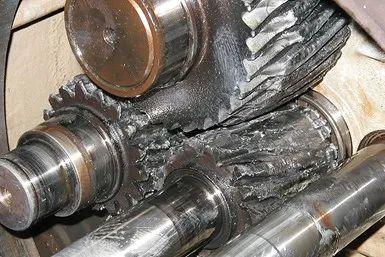
Most people are aware of the need for anti-seize lubricants. There are several different types: copper-based, molybdenum, lithium, etc. For things like screws and threaded elements, any type will work. But for extruder spline shafts, the choice of anti-seize is more critical.
Threaded elements fit onto splined shafts with very tight clearance tolerances, but low viscosity polymers tend to creep down between adjacent elements and into this clearance. With time and heat, the degraded polymer forms a high-strength bond like epoxy. If the screws have been left in the extruder without being taken apart periodically, they can be very difficult to remove from the shaft. This is why the choice of anti-seize agent is so important.
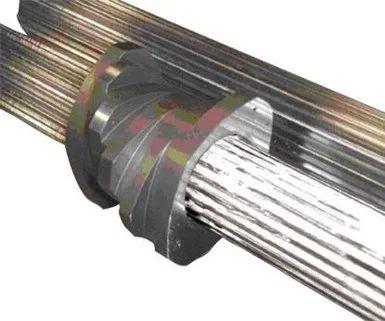
Many types of anti-seize lubricants are acceptable for short periods of time, but after prolonged use at high temperatures, they degrade into fine powders. This makes them a poor choice for splined shafts when you’re ready to remove the screw after months or years and you need a higher level of seizure resistance.
Purging is widely used as an easy way to remove material from extruders and dies and avoid time-consuming strip cleaning. There are various types of materials used for extruder cleaning, these materials generally fall into two categories: chemical cleaners and mechanical abrasive cleaners, many combining chemical and abrasive action.
Chemical cleaners work by attacking plastic residue like a solvent. Many of them also have a foaming action that requires “soaking” in the cartridge for 5 minutes to work chemically.
Mechanical abrasive cleaning works by scouring and scrubbing material from metal surfaces using friction and shear.
Processors have done a lot of trial and error to find the right cleaning materials and techniques. But there is no one “magic” cleaning material that works for all materials. However, if you can use less material in your commercial cleaning, or get the job done faster, the total cost may actually be lower. Therefore, processors will try various materials through the extruder in search of cheap and effective cleaning materials.
For example, in the US Midwest, many operators use cattle feed corn because it is readily available and cleans up fairly well on the machine. Here are two effective homemade removers:
Many types of anti-seize lubricants are acceptable for short periods of time, but after prolonged use at high temperatures, they degrade into fine powders. This makes them a poor choice for splined shafts when you’re ready to remove the screw after months or years and you need a higher level of seizure resistance.
Mixture #1:
- 50% HDPE (or another high viscosity resin) + 50% Diatomaceous Earth (DE)
DE are finely ground fossilized shells of tiny marine organisms. It is readily available at garden supply stores. DE looks like a fine powder, but the granules have very sharp edges and corners which create a scrubbing action. Extrusions running sheet and film can use this cleaner as it can sometimes remove die lines, saving time for mold removal.
Mixture #2:
The most important thing is to wash it often. The purpose is to prevent old material from “baking” on the metal surface. Once this happens, cleaning will usually not remove the material and manual strip cleaning will be the only remedy.
A mistake many processors make is to only run purge at a fixed screw speed. It will be more effective to vary the speed during this process, going from low to medium to high rpm, running each speed for about 30 seconds. This creates a different shear rate on the metal surface, helping to remove old material from the barrel walls.
The most important thing is to wash it often. The purpose is to prevent old material from “baking” on the metal surface. Once this happens, cleaning will usually not remove the material and manual strip cleaning will be the only remedy.
A mistake many processors make is to only run purge at a fixed screw speed. It will be more effective to vary the speed during this process, going from low to medium to high rpm, running each speed for about 30 seconds. This creates a different shear rate on the metal surface, helping to remove old material from the barrel walls.

Problems often arise when changing colors or materials, and it is expected that the same product will always be produced consistently over the long term. But in reality, the customer’s needs mean frequent switchovers to produce 80 lbs of Product A, then 200 lbs of Product B, and so on. Therefore, it is important to perform changeovers in a way that minimizes operator workload and errors:
8.1 Find out how important cleanliness is for the next material to be produced. There’s an anecdote in any extrusion shop: Someone purges for 16 hours to avoid pulling the screws to brush them off. The point is, don’t waste time and materials trying to clean the machine without taking it apart if you know it’s going to need a thorough brush clean before you make your next product.
8.2 If possible, plan to run in order of decreasing cleanliness requirements. For example, this means going from light to dark. That way, you should only face one difficult transition when going from dark back to light.
8.3 Develop written removal or stripping procedures to regulate the transfer process. This helps operators plan their time and avoids discussing about how many pounds of product have to be scrapped because the operator did not clean the machine properly in the future.
8.4 Choose the right size extruder for the desired output. This may seem obvious, but many processors don’t plan for the correct machine runs and end up running a 500 lb batch on a 75mm extruder, generating 300 lbs of scrap while making it work.
8.5 Help the operator by having the necessary tools, cleaning supplies, screens, templates, etc. close to the extruder. If frequent changeovers are required, set up a workstation so that everything the operator needs is by his side.
8.6 Study the flow of raw materials and final products in and out of process areas. Minimizing operator workload, the less operators have to move material tubes and adjust conveying equipment, the more they can focus on maximizing uptime.
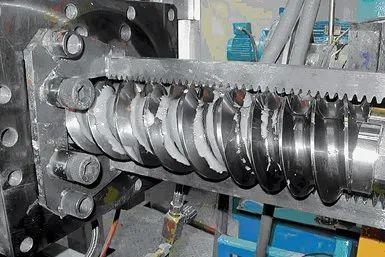
Extrusion workers tend to keep their machines hot all the time. Operators typically turn on the heating zones the moment they enter the plant at 7:00 am. If you really want to start the extruder at 8:00 in the morning, there’s nothing wrong with that. But people are often distracted by maintenance work, with extruders sitting idle, heating up to full operating temperature for hours at a time.
This allows the polymer to bake onto the screw and barrel. Once baked, the material continues to degrade and carbonize, making cleaning difficult to remove. To make matters worse, when the extruder was running the product, black flecks would periodically flake off the screw and barrel, contaminating the product and causing customer complaints.
The best way to deal with preheating is to determine the time when you want to start running your extruder. Then, just allow to warm up completely plus enough soaking time to start heating.
There is also a preferred shutdown/cool down procedure to avoid black spot issues. It is better to maximally fill the extruder and die with some inert polymer such as HDPE to “seal” the machine before shutting it down. HDPE displaces oxygen and coats metal surfaces to greatly slow oxidation and carbon formation.
Once the extruder is “sealed”, it is better to have the machine cool down quickly, instead of allowing it to cool from exposure to ambient air for the next 18 hours. Emergency cooling involves turning all temperature setpoints down to zero to force the cooling solenoid valve open. With the cooling pump running, this forces cold water through all barrel sections, causing the temperature to drop rapidly. Rapid cooling does not give the polymer a chance to degrade and carbonize.
Most extruder operators tend to be like old pilots and prefer to fly by feel. Many of them have a keen sense of when a process is working and when it isn’t. But as products become more complex and processing windows get tighter, it would be good to have some quantitative way of evaluating how well a machine is performing.
A common example is when the operator is convinced that there is something different about the material. The operation of the production line will be very different. If you contact the material supplier, he will probably say that their QC records show the material is as it used to be. Without some real numbers, how do you prove to the material supplier and yourself that the material is really different?
Metric #1: Specific Throughput
The specific throughput (kg/hr÷rpm=kg/hr/rpm) is directly proportional to the filling degree. Fulling degree is very useful, especially when records are kept for many different products over a period of time, as it can help you predict how best to run new products. It also helps you plan machine hours, as products requiring low fill levels take longer to run a given batch. Finally, filling degree helps to scale up (or down) runs on different sized extruders.
Metric #2: Specific Energy
This has to be calculated in two steps:
Kw (applied) = kW (motor rating) × % torque × running rpm × 0.97 max. rpm.
Specific Energy = kW (applied) ÷ kg/hr
Specific energy defines the power expended and mechanical work performed per kilogram of material processed. Again, it is useful to record this number for a specific product over time. Operators will learn which products are “energy hungry” and which are not. This will help in planning new product runs and estimating the capacity of any given production line.
Specific energy can also help pinpoint problems. If the product consistently operates at a specific energy of about 0.25kW/kg/hr, and if one day it only operates at 0.16kW/kg/hr, all other conditions being same, that would be reason to suspect that the material is different.
Content source: PT, author BERT ELLIOTT, translated by Liansu.com, edited by Xinda.
Disclaimer: (Part of) the data, charts or other content in this article comes from the Internet or other publicly published materials, and is for readers’ reference, communication, and learning only, and does not involve any commercial behavior or purpose. The copyright belongs to the original author and original source. If the copyright owner believes that this article is suspected of infringement or other problems, don’t hesitate to get in touch with us and deal with it in time.

